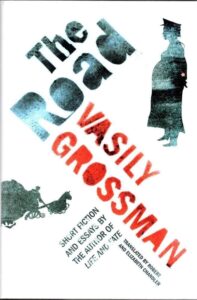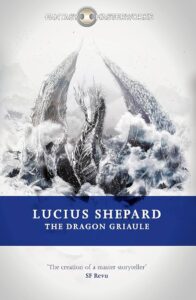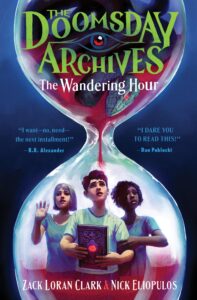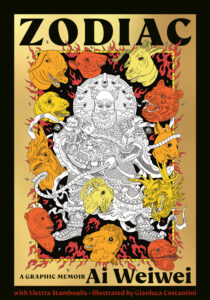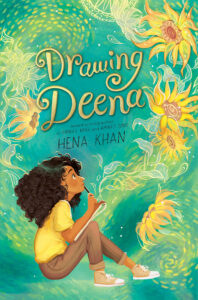Vasily Grossman is one of the great writers of the twentieth century, and The Road is a very good place to start reading his work. Born in the Ukrainian city of Berdychiv when it was part of the Russian Empire, Grossman experienced the Bolshevik Revolution and the ensuing civil war as a teen. He began writing short stories while studying chemical engineering at Moscow State University, and one of his early stories drew favorable notice from influential Soviet writers Maxim Gorky and Mikhail Bulgakov. He worked for a time in Donetsk, back when it was called Stalino, but by the mid-1930s he was both living in Moscow and able to write full-time.
He came into his own as a writer when he worked as a war correspondent for the Red Army newspaper Krasnaya Zvezda (Red Star). Grossman witnessed and wrote about the Battle of Stalingrad, the great tank battle at Kursk, and the Soviet campaign to capture Berlin. In Stalingrad, he spent more than three months on the right bank of the Volga (p. 66), where house-to-house fighting between the Red Army and the Wehrmacht raged and the war in Europe was decided. He was one of the first reporters to see the Nazi extermination camp at Treblinka, which he reached in July 1944. Many of his dispatches are collected in A Writer at War, which is probably the other good place to start reading Grossman, as his best-known novels, Stalingrad and Life and Fate are vast epics.
After the war, Grossman increasingly came into conflict with the Soviet state. His work reporting Nazi crimes against Jews was suppressed, and he himself was fortunate to escape the anti-semitic campaign of the early 1950s, which only ebbed because of Stalin’s death. The cultural thaw of the Khrushchev years had its limits, as Grossman discovered when he submitted the manuscript of Life and Fate for publication. The authorities not only refused publication, they confiscated every copy of the manuscript that they could find, going so far as to take the typewriter ribbons that Grossman had used to write the novel. Only Solzhenitsyn’s work was as thoroughly repressed. Grossman died of cancer in 1964 at the age of 58. Life and Fate was not published until 1980; it was not published in Russia until 1988.

